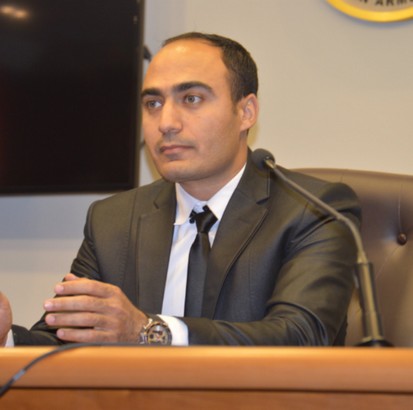The Mighty Translation Memory
Translation memory (TM) should sound extremely familiar to anyone who is involved in the localization and translation industry. To define it simply, a TM is a centralized database of translated content. It saves all the previously translated content into “units,” such as paragraphs, sentences or even phrases. Each unit contains the source language and corresponding translation.
For translators, the benefits are straightforward: quality, consistency and speed. But if you are not a translator, you may be wondering what TM can do for you. The truth is, TMs are also extremely useful for people who are not translators. Project managers (PMs) and clients can also benefit. In this blog, I will cover the reasons why TMs are beneficial to project managers and clients.
Project Managers
PMs usually do not do the translations, so you may think TMs probably do not matter much to them. But that assumption is wrong, TMs help PMs save cost, time and quality.
Assume a client requests to have a 200,000 word document translated. If you don’t have a TM, your translator needs to translate the document from scratch, which also means that you need to pay for every single word in the document. On the other hand, if you have TMs, you can use that to check if any of the content in the document has been previously translated and stored. The price can then be adjusted accordingly. For example, if there are exact matches, you won’t pay full price for those words since the translations already exist in the TM and you will pay a portion of the per word rate for partial, or fuzzy, matches. You can end up saving a significant amount of time and money by using TMs efficiently.
TMs save you time on file preparation as well. You don’t have to look into your system to find reference materials. If you don’t have a TM, you might need to go through documents to copy and paste the relevant translations for your translators. If you don’t speak the language, you have no way to tell if you might have copied the wrong translation or not. With a TM, everything is stored centrally, which reduces the risk of errors.
When your translators use TMs to translate, it means their translation is consistent throughout your client projects. You can even create different TMs for each client if, for example, client A prefers to use “couch,” and client B “sofa.” Furthermore, delivering consistently accurate translations will keep your clients happy.
Client
So wouldn’t it be enough for just the PMs and the translators to use TMs? Why would clients need TMs? Every client would love to have their translation projects come in on budget, delivered on time and with exceptional quality. TMs can help you achieve that.
TMs help you standardize terminology and style in your translations. With TMs, you can rest assured that translations will be consistent and high quality. You can even have different sets of TMs created based on different subjects, divisions or content types. Moreover, you will be able to drive your translation costs down because you no longer need to pay for the full word count as long as there are matches in your TM. And since there are translations that can be reused from the TM, it will also shorten your project turnaround time.
Summary
Translation memories do not only benefit translators, they benefit everyone on the translation team from the project managers to the end clients. Having databases of previously translated texts make project cycles more efficient, cost-effective and timely.
